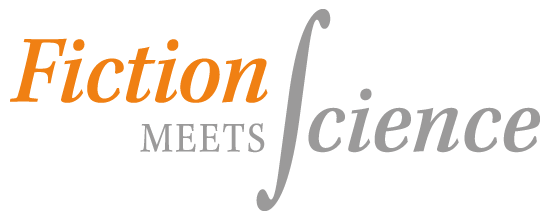5d Visions of Human Improvement: From Eugenics to Gene Editing
Building on earlier background work (Weingart et al. 2000), this project examines how science narratives inform popular culture (newspaper, propaganda, literature, film) as well as policy making (from marriage laws to the regulation of stem cell research). Utopian visions of improving the human species and/or of creating individuals according to ideal models or types have been connected with developments in modern science at least for two hundred years and, in fact, have given direction to those developments. In addition to the age-old dream of creating an ideal human being, “Human betterment,” as it was called in the early 20th century, also addressed various social problems such as alcoholism, mental health, and other deficiencies associated with the social fallout from capitalism. Thus, eugenics became a powerful movement in practically all industrialized countries in (Northern) Europe and the U.S., and it inspired policy makers and scientists alike to pursue research and public health programs. It is no surprise that this movement and the accompanying activities also captured the interest and fascination of journalists, writers, and film-makers. One may take Frankenstein as the earliest modern example of the literary treatment of the scientific obsession with creating the “ideal” human and its failure. Throughout the peak time of eugenics during the 1920’s and 1930’s the underpinning science—human genetics—although insufficient to fulfill its promises, achieved considerable political influence and public attention. After the Nazis’ atrocities committed partly in the name of eugenics (race-hygiene), the movement was re-created after the war, both on the basis of new developments in human genetics and of an anti-authoritarian and collectivist concept of public health. It now became what has been called “eugenics from below,” i.e. an individualized realization of improvement. With the dramatic advances in genetics this has led to the potential of gene-editing, not yet realized for humans but realistic enough to propel further visions. The case of eugenics and human genetics, thus, combines all the relevant elements to study the impact of science on popular culture: a deeply ingrained utopian vision, a powerful and largely successful scientific development, a strong impact on political and social discourses, and a long tradition of literary narratives dealing with the topic.
Against this background, the following research questions will be addressed: What narratives have shaped the discourses of eugenics, human genetics and human improvement, and how have they changed over time in reaction to scientific developments from Mendelian genetics to the Human Genome Project? How have these narratives been treated in different media—newspapers, propaganda, literature, film? How have they impacted policy making, from early marriage controls to eugenic/race-hygiene legislation to the regulation of stem cell research? The focus on changing narratives will be complemented through a further comparative angle on national specificities in different countries such as the U.S., Germany, Scandinavia (Denmark, Sweden) and on three different time periods: the discourse on “racial purity” (ca. 1890s-1940s); the discourse on genetic differentiation, equality and human rights (1950s-1980s); and the discourse on genetic enhancement/ gene editing (ca. 1990s-2015). For each of these time periods a central selection of media genres, political initiatives, and discourses that reflect these discussions will be looked at. Novels and films will include Generosity (Powers 2009), The Einstein Girl (Sington 2009), Gattaca (1997), Godsend (2004), Blueprint (2003) among others.
